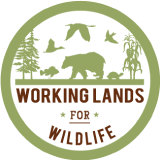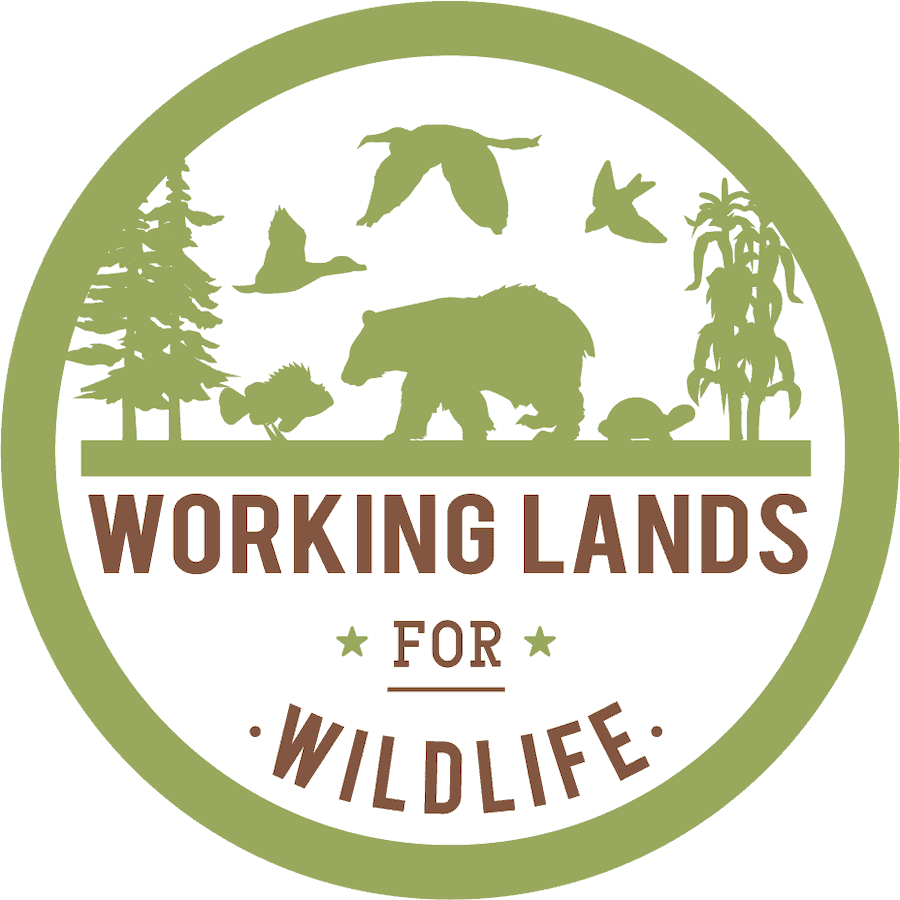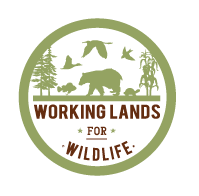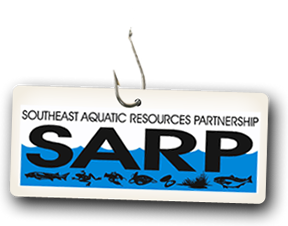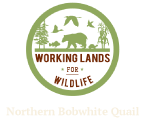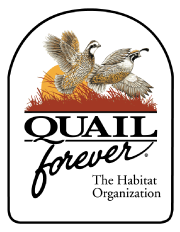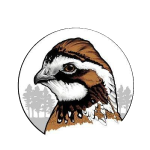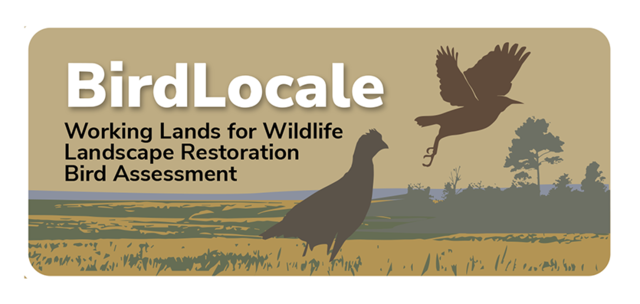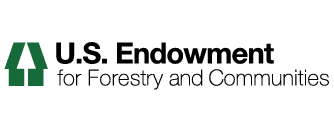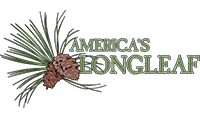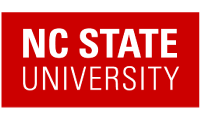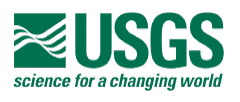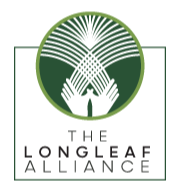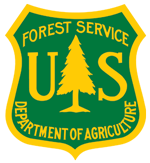Webinars and Videos
You can customize your learning with a selection of webinars and videos about landscape conservation and working lands. View the videos you want – on your own schedule.
WLFW East Region Conservation Webinar Series: Programs and Partnerships Session #4 “Southeast Bumble Bee Atlas”
Session 4 of the “Programs and Partnerships” mini-series was presented by Laurie Hamon with The Xerces Society. This session focuses on the Bumble Bee Atlas program and how beneficial it is to pollinator conservation. Topics covered include a basic understanding of bumble bee biology, a general overview of the Bumble Bee Atlas program, and a focused overview of the Southeast Bumble Bee Atlas.
Learn All About Hellbenders and Take a Tour
Do you know what a hellbender is or where they can be found? This live session will answer those questions for you, show you what they look like by taking you on a virtual tour, share where they live, what they like to eat and who their predators are.
Managing agricultural land for quail
Cropland used to be synonymous with bobwhite whistles in South Carolina. As Ted Rainwater, Quail Forever Farm Bill Biologist, explains, there a many things a landowner can do to modern agriculture to make it more quail-friendly.
The Economics of Grazing Native Warm Season Grasses: Dr. Pat Keyser
Dr. Pat Keyser speaking at the Working Lands for Wildlife (WLFW): Northern bobwhite, Grasslands and Savannas National Partnership Meeting. Feb 23, 2021. Pat is a professor and the Director of the Center for Native Grassland Management at the University of Tennessee.
Beef, Grass, and Bobwhites w/ Jef Hodges
Day 2, Session 2. Native Warm-Season Grasses Webinar with Dr. Pat Keyser and Jef Hodges. Presented December 2, 2021.
WLFW Pollinator Conservation Webinar Series: Session # 4 Monarch in the Southeast
Session 4 of WLFW Pollinator Conservation Webinar series, presented by Dr. Ray Moranz, Grazing Lands Pollinator Ecologist for the Xerces Society for Invertebrate Conservation. This session focuses on the Monarch butterfly in the Southeast, and is the second of three sessions on “pollinator species of conservation concern” in the series. Topics covered include Monarch life history, conservation threats & status, management considerations and Southeast region plants species that support Monarchs.
WLFW East Region Conservation Webinar Series: Northern Bobwhite Session #3 “Bobwhite in Ag Spaces”
Session 3 of the “Northern Bobwhite” mini-series was presented by Dr. Mark McConnell from Mississippi State University. This session focuses on the Northern Bobwhite Quail in agricultural landscapes. Topics covered include landscape changes driven by national trends, land sharing vs land sparing, socio-ecological systems and how to move towards better habitat, and opportunities for quail habitat in ag landscapes using profit margin and yield maps.
Forage for Beef and Bobs
Learn about the benefits of native grasses for beef cattle production and wildlife in Virginia. This short video (4 min) is especially relevant for beef producers and farmers. Brought to you NRCS Virginia.
WLFW East Region Conservation Webinar Series: Programs and Partnerships Session #3 “Power of Partnerships”
Session 3 of the “Programs and Partnerships” mini-series was presented by Derek Wiley, OPJV/TPWD and Thomas Janke, PFQF. This session focuses on the exceptional partnerships going on in Texas and Oklahoma. Topics covered include a basic understanding of joint ventures, the GRIP program, and success stories.
10,000th Hellbender Released Into the Wild
HELLBENDER HISTORY -- the 10,000th hellbender was recently released into an Ozark river in an effort to support a declining population for the endangered species. The Saint Louis Zoo, MDC and U.S. Fish and Wildlife Service have partnered together for nearly 20 years during this effort. Learn more in this short video.
Forest Management for bobwhites
Trees play an important role in the well-being of bobwhites. Michael Hook of the SCDNR talks about how to manage forested land for both bobwhites and dollars.
Pheasants Forever and Quail Forever: The Habitat Organization: Ryan Heiniger
Ryan Heiniger speaking about precision agriculture at the Working Lands for Wildlife (WLFW): Northern bobwhite, Grasslands and Savannas National Partnership Meeting. February 23, 2021. Ryan is the Director of Agriculture and Conservation Innovation at Pheasant Forever/Quail Forever.
NWSG Forage Management Made Easy w/ Dr. Pat Keyser
Day 2, Session 1. Native Warm-Season Grasses Webinar with Dr. Pat Keyser and Jef Hodges. Presented December 2, 2021.
WLFW Pollinator Conservation Webinar Series: Session #3 Bumble Bees in the Southeast
Session 3 of WLFW Pollinator Conservation Webinar series, presented by Celia Vuocolo, WLFW Pollinator Coordinator-East with Quail Forever & USDA-NRCS. This session focuses on Bumble Bees in the Southeast, and will be the first of three sessions on “pollinator species of conservation concern” in the series. Topics covered include bumble bee life history, conservation threats & status, species found in the southeast, management considerations and plants for supporting bumble bees.
WLFW East Region Conservation Webinar Series: Northern Bobwhite Session #2 “Bobwhite Habitat”
Session 2 of the “Northern Bobwhite” mini-series was presented by James Martin from the University of Georgia. This session focuses on the Northern Bobwhite Quail and its basic habitat needs. Topics covered include quail numbers in managed areas, habitat connectivity, landscape scale effect of management practices, 4 basic habitat needs for bobwhites, and habitat heterogeneity.
Reconnecting Cattle and Quail
Learn about the Working Lands for Wildlife program and work in Ohio between USDA-NRCS and local farmers and ranchers. Grazing cattle on warm season, native grasses is great for cattle as well as critical species like the Northern Bobwhite Quail. Video for landowners and cattle producers. Presented by Nick Schell (USDA-NRCS Ohio) and Dr. Pat Keyser (UT - Center for Native Grasslands Management) at the Ohio Forage and Grassland Council Conference in 2017.
WLFW East Region Conservation Webinar Series: Programs and Partnerships Session #2 “Programs Available to Landowners”
Session 2 of the “Programs and Partnerships” mini-series was presented by Alison Menefee, PFQF and Dallas Ingram, Georgia DNR. This session focuses on cost-share programs available to landowners at the federal and state levels. Topics covered include a basic understanding of federal programs, a brief overview of EQIP, WLFW, CSP, and CRP, and an overview of state-level programs for wildlife, forestry, prescribed fire, and invasives.
The Last Dragons - Protecting Appalachia's Hellbenders
An intimate glimpse at North America's Eastern Hellbender, an ancient salamander that lives as much in myth as in reality.... and in many waters, myths are all that remain of these sentinel stream-dwellers. Video by Freshwaters Illustrated.
Native plants and bobwhites
Why are native plants so vital to bobwhites? TJ Savereno of Clemson Extension answers this question and gives a solid introduction to each type of plant and where its value lies. He also covers the proper mix of each type for your property.
Precision Agriculture and Conservation Opportunities: Dr. Mark McConnell
Dr. Mark McConnell presenting at the Working Lands for Wildlife (WLFW): Northern bobwhite, Grasslands and Savannas National Partnership Meeting on February 23, 2021. Mark is an Assistant Professor of Wildlife Ecology and Management at Mississippi State University.
